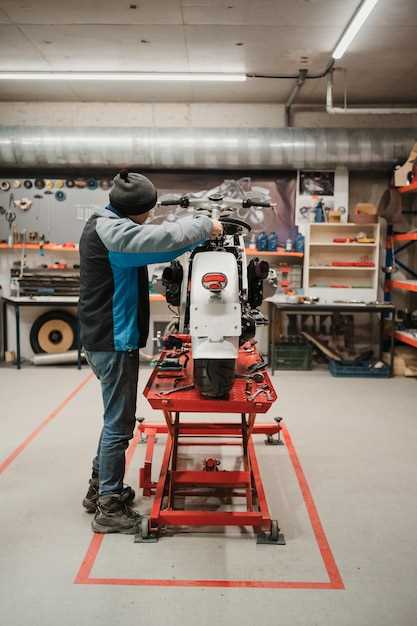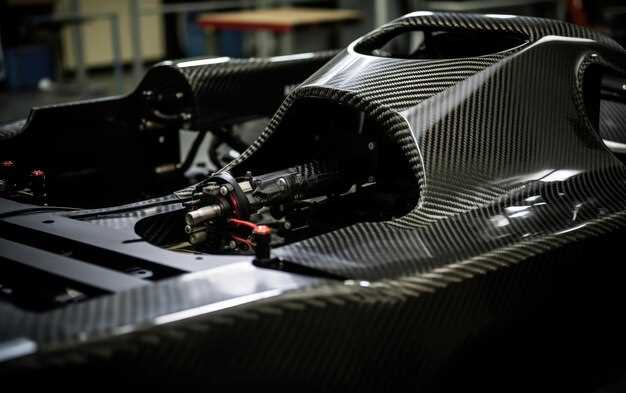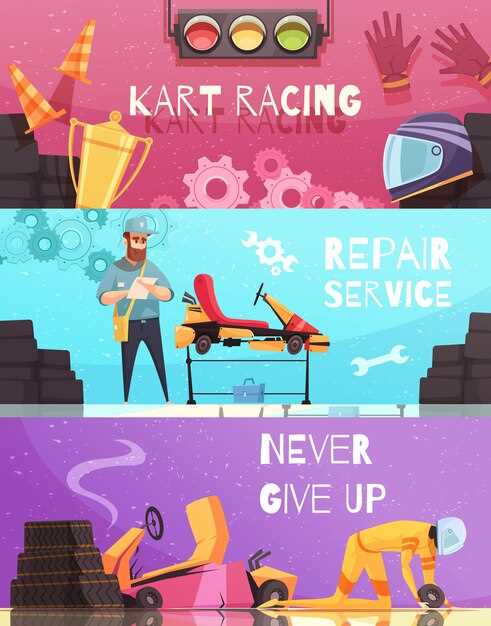

For many amateur motorsport enthusiasts, choosing the right chassis is a critical decision that can significantly influence the overall performance and enjoyment of their racing experience. The chassis serves as the backbone of the car, shaping not only its handling characteristics but also its compatibility with various performance upgrades. This article will explore some of the top chassis options available to hobbyists, focusing on their suitability as donor vehicles for motorsport applications.
When considering a donor car, it is essential to evaluate not only the initial condition of the chassis but also its potential for modification. A well-chosen chassis can provide a solid and reliable platform for enhancements, allowing racers to push the limits of their skill and vehicle performance. From classic models that offer a nostalgic driving experience to modern options equipped with cutting-edge technology, the landscape of amateur motorsport chassis options is vast and varied.
In the following sections, we will delve deeper into several popular chassis choices among amateur racers, examining their unique attributes, strengths, and potential drawbacks. Whether you’re gearing up for your first competition or looking to upgrade your existing setup, understanding these options will empower you to make informed decisions that align with your racing ambitions.
Choosing the Right Donor Car for Your Project

When embarking on an amateur motorsport project, selecting the right donor car is a critical step in ensuring the success of your chassis build. A well-chosen donor can provide not only the essential framework but also key components that can save you time and money.
Consider Your Goals: Before diving into the sea of available donor cars, outline your specific goals for the project. Are you aiming for a lightweight racer, a powerful drift machine, or perhaps a versatile track day vehicle? Each objective may steer your choice toward different donor options.
Evaluate the Chassis: The heart of any motorsport vehicle is its chassis. Look for a donor car that offers a robust frame and good rigidity while keeping weight considerations in mind. Popular choices for performance-oriented builds often include light and agile models, such as the Mazda Miata or the Toyota Corolla.
Compatibility of Components: Another crucial aspect is the compatibility of components. A donor car that shares parts with readily available aftermarket upgrades can drastically reduce costs and improve performance. Research the aftermarket support for any donor you consider, as this can greatly influence your project’s future modifications.
Condition and Mileage: The physical state of the donor car is paramount. A higher mileage vehicle might offer a less pristine chassis but could be easier to find and more affordable. However, extensive rust or structural damage can complicate your project and lead to unexpected expenses, making a solid foundation essential.
Budget Constraints: Keep your budget in mind throughout the selection process. While some donors may be ideal for performance, they could exceed what you’re willing to spend. Strike a balance between the initial purchase price and the potential for upgrades over time.
Future Plans: Finally, think about your long-term vision for the project. If you plan to participate in specific classes or competitions, ensure that your donor car complies with relevant regulations. Choosing a chassis that fits within your desired category will streamline your development process and make your project more rewarding.
In conclusion, taking the time to carefully choose the right donor car can set the foundation for a successful and enjoyable amateur motorsport experience. Prioritize your goals, evaluate the chassis, consider compatibility, assess the condition, respect your budget, and plan for the future to make a well-informed choice.
Key Modifications to Consider for Improved Performance
When embarking on an amateur motorsport project, choosing the right chassis is only the beginning. To enhance the performance of your vehicle, various modifications can be applied to the chassis and donor parts. Here are some key modifications to consider:
- Upgraded Suspension
Improving your chassis’s suspension system can significantly enhance handling and comfort. Consider installing adjustable coilovers or performance shocks and struts for better ride quality and responsiveness.
- Weight Reduction
Reducing the overall weight of the chassis can improve acceleration and handling. This can be achieved by replacing heavy components with lighter materials, such as carbon fiber or aluminum, and removing unnecessary interior elements.
- Reinforced Structure
Enhancing chassis rigidity will lead to better handling dynamics. Reinforcing critical points with additional welds or chassis bracing can help maintain structural integrity during high-stress situations.
- Brake Upgrades
To further improve performance, upgrading the braking system is essential. Larger rotors, high-performance pads, and stainless steel brake lines can enhance stopping power and reduce fade during competitive scenarios.
- Geo Alignment and Suspension Setup
A precise geometry alignment and suspension tuning can optimize tire contact with the road. Adjusting camber, toe, and caster settings according to your driving style and track conditions can yield significant performance gains.
- Wheels and Tires
Choosing the right wheel and tire combination is crucial. Lightweight wheels reduce unsprung mass, while appropriate tires enhance grip and handling. Consider investing in performance tires specific to your racing discipline.
- Engine and Drivetrain Modifications
Enhancing the engine’s output through tuning, upgraded intakes, exhaust systems, or even turbocharging can lead to notable performance improvements. Matching these changes with a reliable drivetrain ensures efficient power transfer to the wheels.
In summary, focusing on these modifications can greatly improve the performance of your chassis and transform your donor vehicle into a formidable competitor on the track. Prioritize changes based on your racing goals and the specific characteristics of your chassis for the best results.
Budgeting for Chassis Upgrades and Maintenance

When engaging in amateur motorsport, budgeting for chassis upgrades and maintenance is crucial for enhancing your car’s performance and ensuring safety. The allocation of funds should begin with a thorough assessment of your current chassis condition and your performance goals. Establishing a clear budget allows you to prioritize which upgrades will provide the most benefit.
Start by considering essential maintenance tasks, such as inspecting and replacing worn-out components like bushings, shocks, and springs. These elements significantly affect handling and ride quality. Set aside a portion of your budget for routine maintenance, typically around 10-15% of your total chassis budget, to ensure your car remains in peak condition.
Next, focus on upgrades that align with your performance objectives. Options such as upgrading the suspension system, reinforcing the chassis with braces, or even swapping to a lighter material can yield substantial improvements. Research the costs associated with each upgrade, and account for both parts and labor. Allocate approximately 60-70% of your budget for these enhancements.
Don’t forget to factor in unforeseen expenses, which are common in motorsport. Having a contingency fund of about 10-20% of your budget allows flexibility for unexpected repairs or modifications that may arise during the racing season.
Lastly, track all expenses meticulously. Utilize budgeting tools or spreadsheets to manage your spending on both upgrades and maintenance efficiently. This practice not only helps you stay within your financial limits but also assists in planning for future enhancements, ensuring your car remains competitive on the track.






